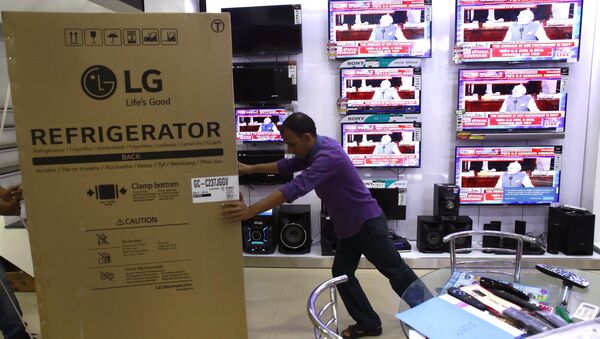The Indian Finance Ministry’s Economic Survey has suggested integrating the “Assemble in India for the World” concept into its Make in India campaign. Make in India was an initiative launched by Indian Prime Minister Narendra Modi in 2014 across 25 sectors of the Indian economy to encourage companies to manufacture their products in India and attract dedicated investments into the manufacturing sector.
However, in an attempt to adopt the Chinese model of development, the survey has forecast that the said integration will result in an increase in export market share to about 3.5 percent by 2025 and 6 percent by 2030. Not only will there be the benefit of exports, but this will also lead to the creation of about 40 million well-paid jobs by 2025 and about 80 million by 2030.
China’s export structure has reflected a move towards traditional labour-intensive industries and the labour-intensive stage of production processes within capital-intensive industries (especially, the assembly of electronics and electrical machinery). Now, this is being seen as an appropriate method to apply in India as well.
Given India’s comparative advantage in labour-intensive activities and the imperative of creating employment for a growing labour force, there is a great potential for export growth and job creation, says the survey.
China has become a global factory and workshop to the world. The country’s exports grew from $18.1 billion in 1978 to $266 billion in 2001 with manufacturing exports accounting for 90% of total exports. From 2001-2006, labour-intensive exports enabled China to create 70 million jobs for workers with primary level education.
In India, increased exports explain the conversion of about 800,000 jobs from informal to formal between 1999 and 2011. Hence, the survey suggests that India can benefit significantly from utilising the potential opportunities from greater trade with high income markets. However, this requires a reorientation of trade specialisation towards labour-intensive product lines, which can be achieved via a selective focus on traditional labour-intensive sectors and increased participation in Global Value Chains (GVC).
A GVC is when activities such as production, trade and investments take place across national borders, resulting in investments, an increase in exports, and job creation.




